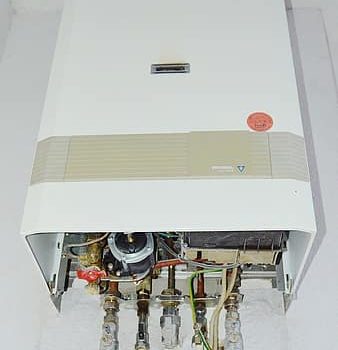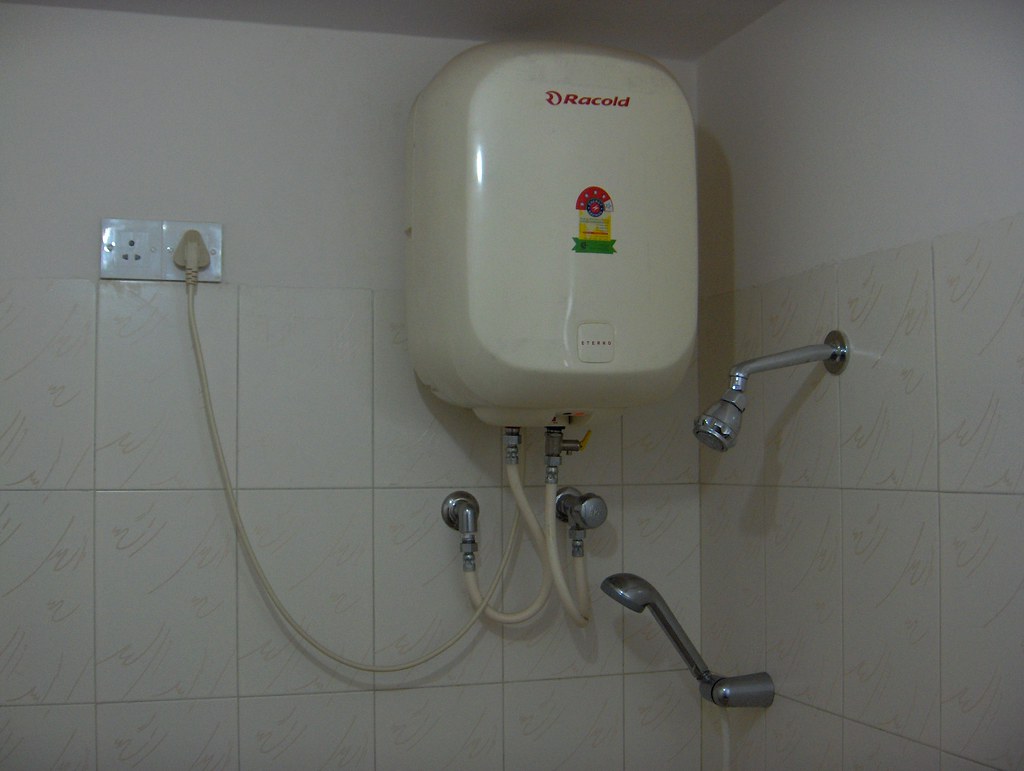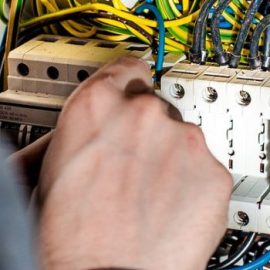
Summary
– Zoom on water heater resistors
– Step 1: Turn off the power to your water heater
– Step 2: Empty the tank
– Step 3: Disassemble the mounting plate
– Step 4: Replace the circuit board and refill the tank
What could be worse than running out of hot water when you are under the shower in a cold winter?
If you still don’t have hot water even after testing and resetting the thermostat thermal safety, don’t worry, there is hope! It is indeed possible to check a few things and carry out some repairs to get things going on smoothly. The resistance of a water heater is essential in the operation of the appliance. In short, it allows the water in the tank to heat by converting electrical energy into thermal energy. The more the resistor becomes scaled, the more it overheats and the more its resistive wire disintegrates.
This is why it is important to limit the appearance of scale, and to clean the resistor from time to time to avoid unnecessary energy expenditure. For example, when servicing your water heater: when draining it, you can easily check it, clean it or change it if necessary.
Focus on water heater resistors
Resistors are used to heat water in the case of an electric water heater.
There are two main types of resistor:
– Thermoplastic or armoured: they are in direct contact with the water and are protected by an armoured steel shield.
– Steatites: they are not in direct contact with water and are protected by a sheath which may be enamel.
The resistance can be handled and changed quite easily. Here is how to change the resistance of a water heater.
Materials needed to change the resistance of a water heater:
- Socket wrench
- Resistance
- White Vinegar
- Phillips screwdriver
- Chiffon
- Hard brush
- Flange gasket
- Household gloves
1. Cut off the power supply to your water heater
Before any work is carried out, first disconnect the power and water supply to the water heater.
There are two possible solutions:
- Turn off your main circuit breaker by turning it to the “off” position.
- Remove the fuse corresponding to your electric water heater.
Caution: keep children and pets away. Check that the place where you are working is safe and dry.
2. Drain the tank

Draining will be different depending on the type of resistor you have:
– You have a steatite resistor: it is very rarely changed, you don’t need to empty your tank to change it. Check the instructions for your appliance.
– You have a thermoplastic heater: you must drain the water heater tank, this heater will scale more quickly than a soapstone heater.
When the tank is empty or practically empty, you can remove the plate holding the heater.
Note: It may take more than one hour to empty a tank of 150 litres or more.
If you need to call a professional, you can get in touch with Marlin Plumbing of Miami. They offer water heater installation services and a large variety of plumbing services.
3. Dismounting the mounting plate
The plate where the resistor is fixed is located on the protective cover of your water heater.
– Once you have located the cover that protects your system, remove it.
– Take a photograph of the electrical wire connections.
– Unscrew the electrical wires and then unscrew the screws holding the plate.
– Remove the plate keeping it in its axis, remove the gasket from the flange.
– Unscrew the resistor and replace it with a new one.
– Take advantage of the emptying of the tank to clean the opening with a hard brush and white vinegar and rinse thoroughly.
– Replace a new gasket and replace the plate.
Tip: since the plate is disassembled, take the opportunity to check the balloon gasket and the anode, and change them if necessary.
4. Replace the circuit board and fill the tank
– Replace the water heater flange gasket if the water heater is a few years old and shows signs of wear such as small cracks. If the gasket is in good condition, clean it with white vinegar.
– Put on the nuts and tighten them one by one, do not crush the gasket.
– Fill the water heater tank.
– Put the electrical wires back as they were, using the photograph if necessary.
– Replace the protective cover, turn the power back on and wait a few hours until it has produced hot water for normal use.
Tip: as the tank fills up, check the seals for leaks, if necessary tighten the screws a little.
If you still don’t have hot water after changing the resistance, don’t lose hope! It is possible to carry out one more check and repair to get things going.
This post has covered how to change the resistance of a water heater. Keep reading our new post on How to Change the Thermostat on an Electric Water Heater.
Stay posted, and don’t forget to share your experience below.




Pingback:Is It Time to Change Your Water Heater (Part 2) - Plumbers services